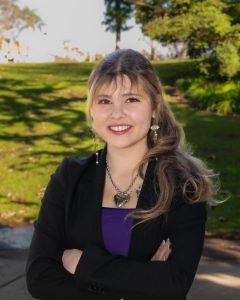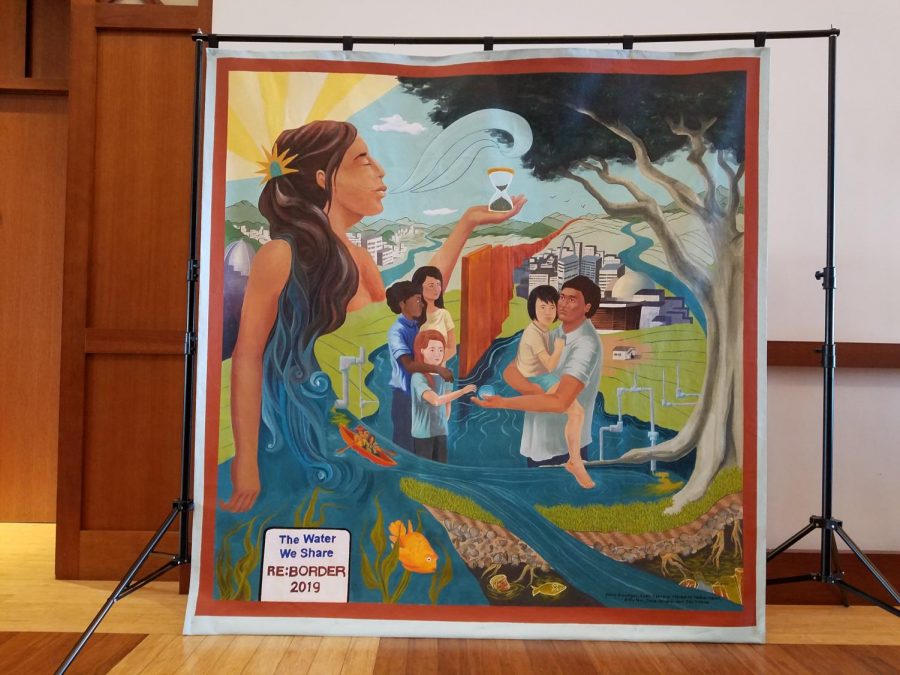San Diego State hosted the first day of the bi-national Reborder conference entitled “The Water We Share” and “El Agua Que Compartimos” on Nov. 25 in Montezuma Hall. The event invited academic experts, practitioners, students, public policy experts and community stakeholders from San Diego and Baja California to discuss the use of water resources affecting the transborder region.
Dr. Cristina Alfaro, interim associate vice president for Global Affairs at SDSU, began the conference by speaking in Spanish, then in English, emphasizing the need for collaboration between the two regions.
“We have the opportunity to have a critical dialogue where we’re going to be able to innovate and to create a border region where we can all be proud of and model for the rest of the world,” Alfaro said.
Members from the two regions held discussions on how their partnership could help combat issues such as reusing water, sanitation of water and water management across the border.
E. Joaquin Esquivel, chair of the California State Water Resources Board, was the keynote speaker who discussed some of the strategies needed to ensure both regions can attain their goals of water efficiency.
“We need to bring to bear the technical, scientific and political will to image the communities as they are,” Ezquival said, “which is a single transboundary community that to be successful will have to envision itself that way.”
One of the most pressing issues discussed was how to reuse water effectively. David Gibson, executive officer of the San Diego Regional Water Quality Control Board, began the first panel by telling some of the history of recycled water and its impact in California.
In the 1970s, the city of San Diego was part of a project called the Total Resource Discovery Project as an energy-efficient way to produce recycled water for things like energy generation, Gibson said.
These events are what led the way for research on the benefits of potable water reuse. Potable water reuse is the process of using treated wastewater for drinking. Gibson said, in the past, potable water reuse was used in irrigation systems of landscapes but is now seen as the most viable way to increase water resources.
He said the city of San Diego is approaching the first phase of the Pure Water project. The first phase is estimated to produce 30 million gallons of clean water from water sewage found in the Miramar Reservoir, which will be treated at the Miramar Filtration plant. The initiative is meant to utilize the storage of water for emergencies and to reduce the dependency on water from the Colorado River.
He also said San Diego could use the South Bay Water Reclamation Plant to purify water diverting from the Tijuana River and store it on the reservoirs of both sides of the border.
“There is a real opportunity in dealing with ways that are causing significant impacts to human and environmental health and to turn that into a resource for present and future generations,” Gibson said.
The next binational conference is slated for 2020.










